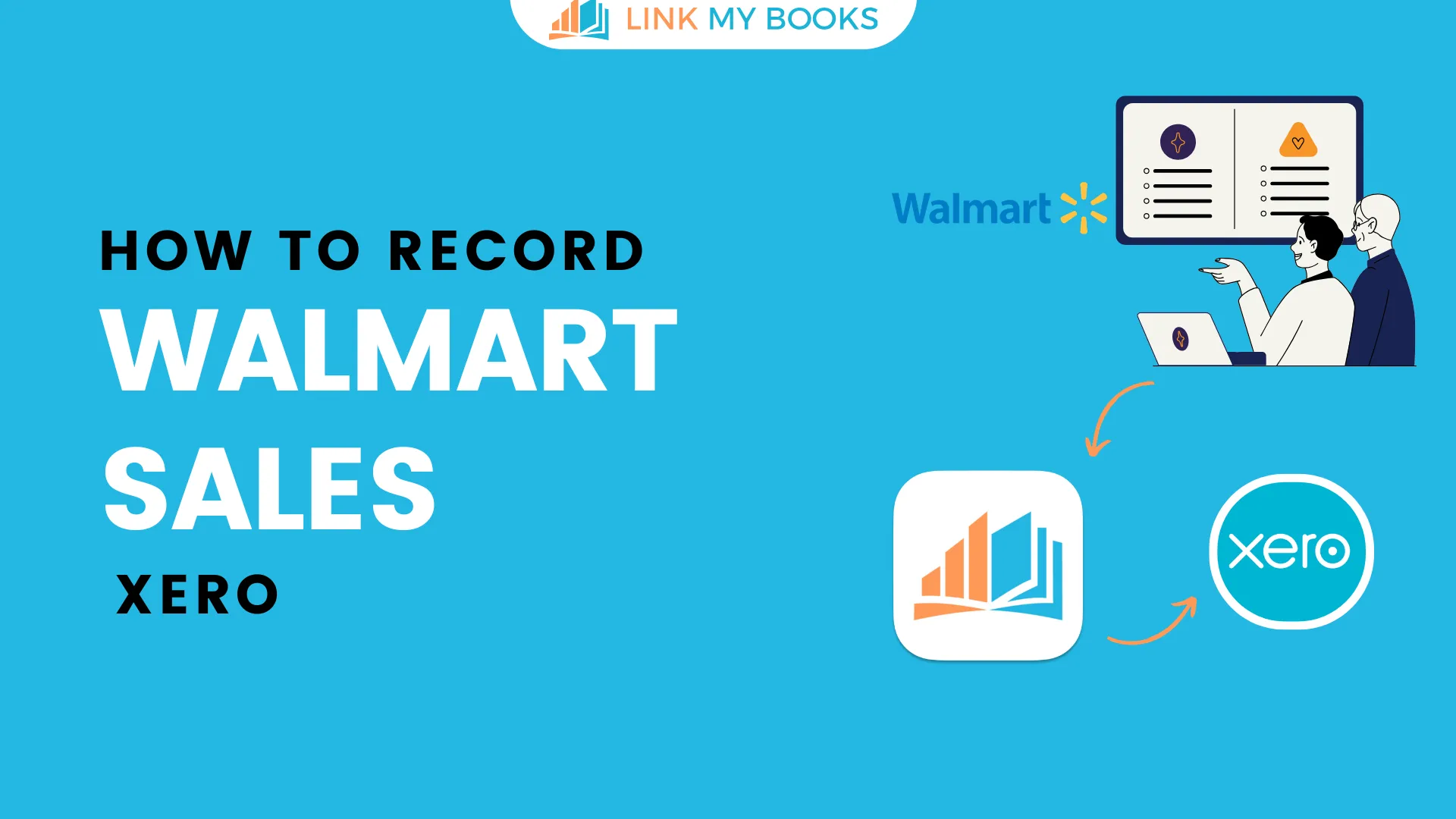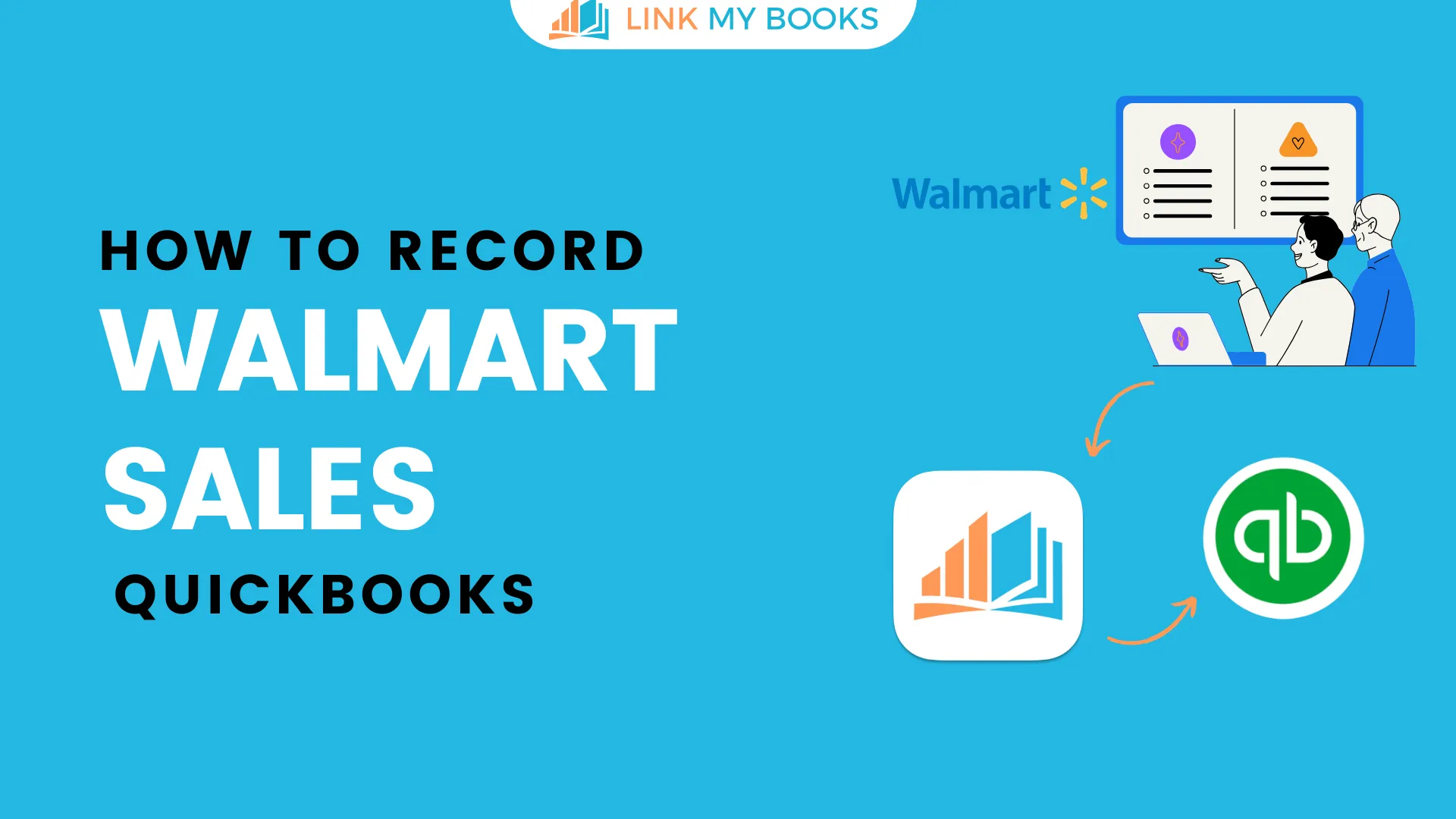Tracking your Etsy receipts and invoices is a constant headache, and extracting and making sense of all the financial data can be daunting.
However, the importance of Etsy accounting cannot be understated. Whether you are a new or experienced Etsy seller, you need a solid accounting system.
In this guide, we’ll walk you through the accounting basics that you, as an Etsy seller, must know. We will also discuss the best Etsy accounting software to make it easier.
So, let’s get started!
Key Takeaways from this Post
Etsy accounting is crucial for all sellers, regardless of experience level, to track financial data effectively.
Bookkeeping records transactions while accounting interprets data to make informed decisions and understand business finances.
Key metrics like gross profit, COGS, net profit margin, and inventory turnover help evaluate Etsy shop performance and financial health.







How Does Bookkeeping for Etsy Sellers Work?
Bookkeeping for Etsy works by recording and organizing receipts, invoices, and other critical financial documents. With several tools in the market, Etsy bookkeeping can be easy.
First, choose an Etsy bookkeeping software like Xero to effectively track and manage your daily transactions.
Then, automate your Etsy bookkeeping and accounting using a solution like Link My Books that integrates Etsy to Xero or QuickBooks. Link My Books reconciles transactions, summarizes invoices, accounts for taxes, and provides detailed financial reports.
Sign up for a free trial and simplify your Etsy bookkeeping!
Etsy Bookkeeping vs. Etsy Accounting
Although these two concepts are often used interchangeably, they refer to different functions.
Etsy Bookkeeping
- Etsy bookkeeping is responsible for identifying and recording financial transactions as they occur.
- Bookkeeping data is in raw form — it can’t help you understand the financial condition of your Etsy shop or use it to make decisions.
Etsy Accounting
- Etsy accounting for digital product sellers involves interpreting, analyzing, reporting, and summarizing financial information.
- Accounting, however, summarizes and interprets data derived from bookkeeping to help you make crucial decisions.
- Plus, accounting helps you determine the financial position of your business.

Key Financial Metrics and Reports for Etsy Accounting
There are key accounting metrics every e-commerce business should track.
Here are four Etsy metrics to offer a more accurate picture of your shop’s financial health.
Gross Revenue and Gross Profit
Gross revenue and gross profit are often used together to assess your financial performance.
Gross revenue (or gross income) is the sum your Etsy business generates without any costs or losses deducted.
To calculate the gross profit, deduct the costs of goods sold (COGS) from your revenue.
Here are what the formulas look like:
- Gross revenue = Average price of a product * Total number of units sold
- Gross profit = Gross revenue - Costs of goods sold
Cost of Goods Sold (COGS)
The COGS is the direct cost of producing items you sell on Etsy (including materials costs). The COGS is a crucial metric that helps calculate the profit you make on your sales.
If the COGS increases, the net income will decrease, and vice versa.
The formula for COGS is:
- Cost of goods sold = starting inventory + purchases – ending inventory
Net Profit Margin
The net profit margin is a ratio of your Etsy shop's net profits to revenues. This metric shows the net income (profit) as a percentage of the revenue.
It helps you to understand whether your Etsy shop is generating enough profits and determines if the costs are under control.
The formula for net profit margin is:
- Net profit margin = (net profit ⁄ total revenue) x 100
Inventory Turnover Ratio
Inventory turnover is the rate at which you sell, use, or replace your inventory stock. The inventory turnover ratio is calculated by dividing the costs of goods by the average inventory for the same period.
A high inventory turnover ratio indicates your business has strong sales, and a lower ratio shows weak sales.
The formula for the inventory turnover ratio is:
- Inventory turnover ratio = cost of goods sold / average inventory

Best Practices for Etsy Accounting and Record Keeping
Follow these simple practices to perform excellent record-keeping and accounting.
Organize Financial Documents and Records
Unorganized financial records are difficult to understand. You can easily monitor your business income and expenses by organizing your daily invoices, receipts, and other financial documents.
To organize your data, you can consider some of the best Etsy accounting software, like QuickBooks and Xero.
Implement Regular Bookkeeping Routines
A crucial step of great bookkeeping is to keep an eye on your sales, expenses, inventory, and profits.
Maintain accurate records to catch and handle errors like duplicates and overstated expenses early on. Besides, ensure your bank statements and Etsy transactions balance out.
You can also automatically summarize critical financial data and reconcile accounts in seconds by using Link My Books as an Etsy accounting integration tool.
Backing up Financial Data and Digital Records
A backup can protect your data and records should anything happen, and you can restore your data to its previous state.
Keep your backups on an external hard drive, or consider cloud-based accounting solutions like Link My Books. Most business owners prefer cloud-based solutions for maximum security and access to data anywhere.
Best Accounting Software for Etsy Sellers
Since managing your Etsy transactions isn’t easy, there is software that makes accounting efficient and automatic.
But with so many options in the market, which ones are the best for Etsy sellers?
These are our top picks.
Link My Books

First on our list is Link My Books. It automates your bookkeeping process by integrating your Etsy shop with your Xero or Quickbooks.
Once you receive a payout from Etsy, Link My Books breaks down all the sales, refunds, and Etsy seller fees into a summarized entry. It also automatically applies VAT, sales, and GST taxes accurately. Plus, it reconciles your summary invoices to your bank deposits with just a click.
Start your free 14-day trial today and take control of your Etsy accounting.
FreshBooks

FreshBooks is a viable software option among millions of Etsy users worldwide.
It makes it easy to track expenses, keep reminders for late pay, customize invoices, and more — saving you time and helping you stay organized.
With FreshBooks, you can keep your business in check using the financial reports and details of your spending. A huge plus is that it integrates with other third-party tools.
NetSuite

NetSuite can be an excellent choice for Etsy sellers. It includes expense tracking, accounting, bank reconciliation, and more.
Moreover, you can access real-time financial data to help you monitor and manage your business. With lots of advanced features and tools, Netsuite supports growing Etsy businesses.
Wave

If you’re running your Etsy shop on a budget, Wave should be at the top of your list. Its free plan includes features to track income and expenses, basic accounting reports, and more.
Still, you can upgrade to its pro plans with more features, such as receipt scanning and automatic payment reminders.
7 Etsy Accounting Tips
Here are a few tips to help you tackle your accounting head-on.
1. Have a Business Bank Account
The first rule of Etsy accounting is to ensure you don’t mix your personal and business finances. Open a dedicated business bank account for your Etsy store — it makes it easier to manage revenue and report taxes.
Also, don’t spend your business finances on your personal needs unless you’re reimbursing yourself for business expenses like traveling and car rental costs.
2. Perform Proper Bookkeeping
Mark your day-to-day sales as either expenses or income related to your Etsy shop. Also, get an accounting tool. For instance, Link My Books has automatic bank deposit matching with Xero & QuickBooks. That way, assessing your business income, creating a monthly budget, and planning for taxes is easier.
Also, keep your invoices and receipts safe and back them up.
3. Automate Your Etsy Accounting
Incorporate the accounting tools mentioned above. Let them do the heavy lifting of automating your data entry and accounting processes.
Accounting tools like Xero and Wave reduce errors, save time, and ensure accuracy. Consider choosing a bookkeeping tool like Link My Books that integrates with other online tools you use on your Etsy store.
4. Regularly Review Your Financial Data
You must stay on top of your accounting by reviewing your financial reports and reconciling your accounts regularly.
Compare your bank statement to your accounting records and ensure they match. That also means identifying any errors on each entry (such as duplicates and missing transactions) and resolving them.
5. Automate Your Tax Process
Understand your tax obligations, comply with tax regulations, and take advantage of tax deductions. You also need to collect sales taxes manually for every customer checkout.
Alternatively, consider automating your tax collection and remittance processes to prevent mistakes and inconsistencies.
Also, keep a reserve in your business bank account for year-end tax payments.
6. Analyze Your Financial Performance
Check critical Etsy metrics, including gross profit, turnover ratio, and COGS. Also, check out the financial statements like the balance sheet and income statement.
Financial analysis helps you understand your financial performance and make better decisions.
7. Calculate All Other Expenses
Although you might have calculated the COGS (costs directly tied to producing your Etsy products), you need to understand other expenses.
Common fixed costs like rent and insurance don’t factor in COGS but still impact your profit or gross margin.

Frequently Asked Questions (FAQs)
Do you have any other queries regarding Etsy accounting? Check the answers to the common questions of accounting for Etsy.
Do You Need an Accountant for Etsy?
Although you can do it yourself, Etsy accounting and tax laws can be complicated. If DIY isn’t your thing, consider hiring an accountant to help you, especially if you run multiple e-commerce platforms.
Alternatively, you can stay on top of your accounting using Link My Books. It syncs with your accounting software (Xero or QuickBooks) to automate your accounting process. Plus, you can always invite your accountant onto the platform.
Why not start Link My Books for free today and experience stress-free Etsy accounting?
Do I Need to Pay Taxes if I Sell on Etsy?
Yes, you need to pay taxes when selling on Etsy. It’s essential to understand the taxes you owe and accurately report your earnings and expenses when filing the tax return with the IRS.
Link My Books can be a great partner— it allows you to set up tax rates, accurately account for all the taxes, simplify the tax process, and ensure tax compliance.
Can I Write off Etsy Fees?
Absolutely yes! Etsy seller fees are part of your business expenses and are deductible. However, your circumstances might be unique, and we recommend you consult an e-commerce accountant.
Conclusion
Accounting for Etsy doesn’t have to be complicated — implement the best software we’ve discussed above designed to simplify your bookkeeping and accounting process.
Link My Books, for instance, integrates with your accounting software (either Xero or QuickBooks) to offer a seamless and accurate bookkeeping process.
Ready to automate your e-commerce bookkeeping? Book a demo today to see the Link My Books in action!



















.png)